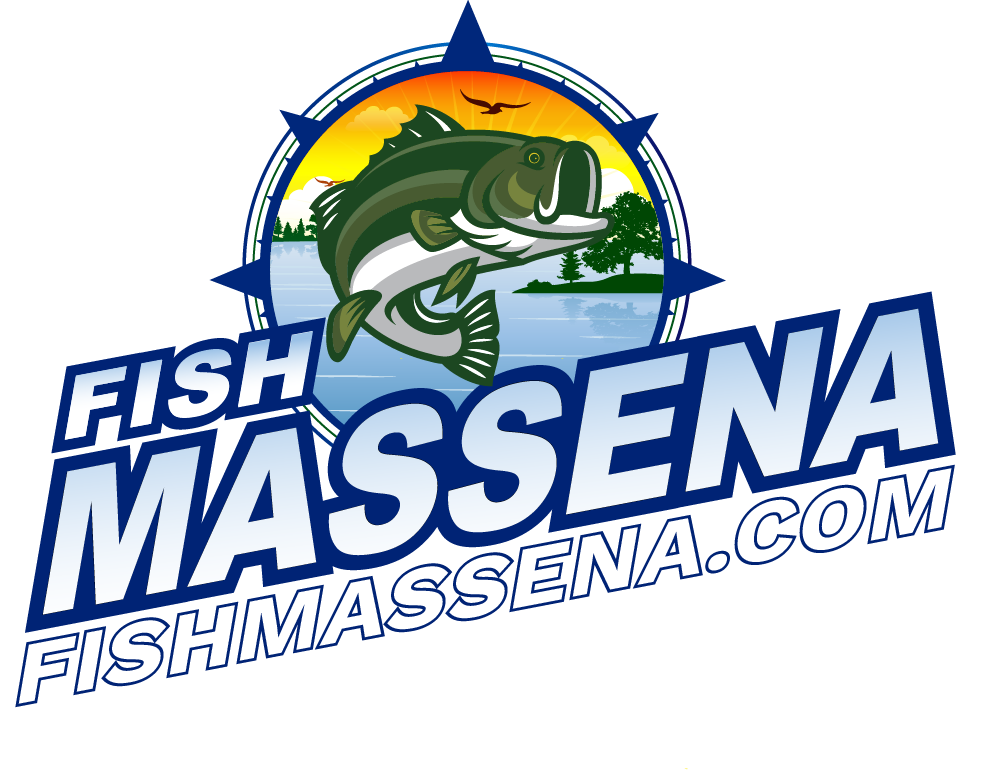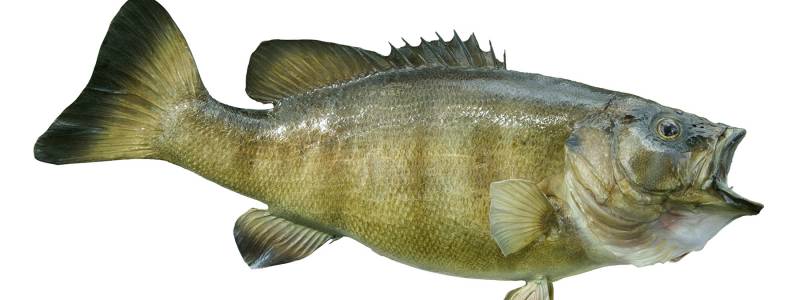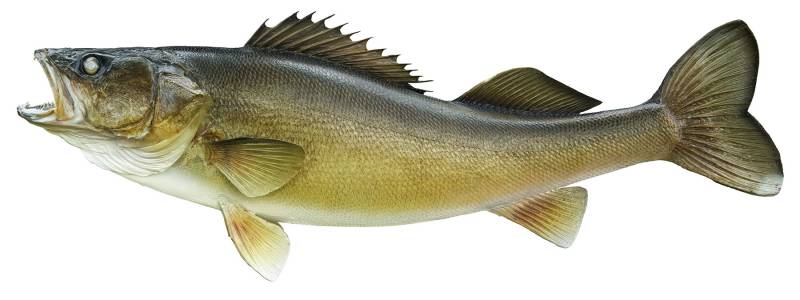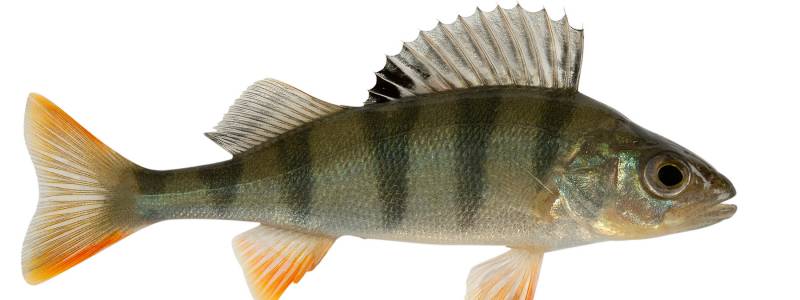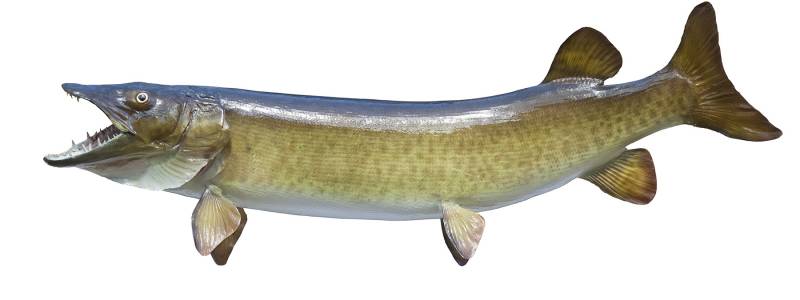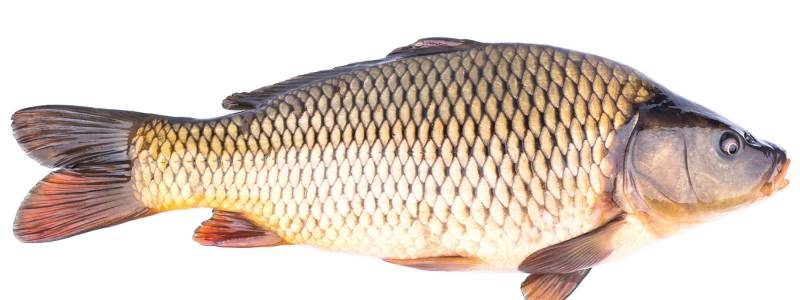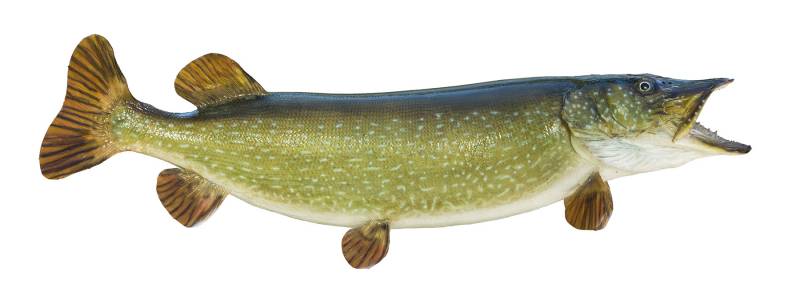
Northern Pike
This is a fish for all seasons. When the season opens in May, pike can be found in any bay, but the larger bays will hold more fish.
Most bays will hold pike throughout the summer, but these fish are the smaller ones. From June through September, look for larger pike along weedlines and around deep-water structure at a bay’s outside edge. Casting tipped jigs or trolling deep-diving pugs are the most effective techniques. Three prime locations for autumn pike are pints, weedlines, and openings in the weeds.
Find them in the St. Lawrence River
A few pike hotspots Whitehouse Bay and Coles Creek Bay near Waddington and Wilson Hill Island bays and the bay at Massena Town beach near Massena.
Bait: a minnow below a bobber, bucktail jigs with a minnow, or plastic tipping, spoons, spinners, and minnow plugs. A slow presentation is critical to early-season success.
